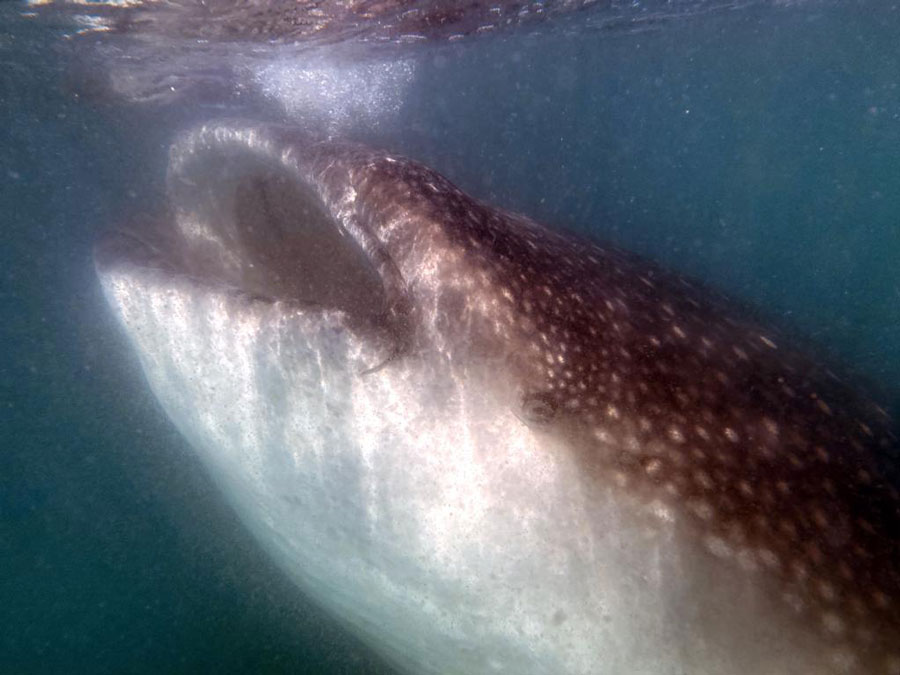The harsh waters of Mono Lake
Mono Lake, home of the scuba diving fly, is situated just outside the stunning Yosemite National Park in California. This salty, alkali lake is teeming with tales of strange water chemistry, remarkable tufa formations, and unique creatures, so of course I had to check it out.
Tufa Towers
The most notable feature of Mono Lake is its tufa towers. These fragile formations create a fascinating shoreline which attracts tourists from around the globe. Beneath the serene surface of Mono Lake, freshwater springs rich in calcium bubble up from the lakebed, mingling with the carbonate-rich lake water—think of it as a natural mix of calcium and baking soda.
The result? Calcium carbonate, or limestone, precipitates around these springs, gradually forming towering tufa structures that can reach over 30 feet in height underwater. Sadly, many tufa towers now stand exposed due to a dramatic drop in the lake’s water level following water diversions in the 1940s, making them susceptible to erosion and decay.
Mono Lake is no ordinary body of water. With chlorides, carbonates, and sulfates, Mono Lake classifies as a “triple water” lake, one that’s alkaline with a pH of 9.8—roughly equivalent to household glass cleaner like Windex. The lake’s salinity surpasses that of the ocean, making it roughly two times as salty. Due to its unique composition, Mono Lake’s water tastes bitter and feels slippery.
The alkali fly, EPHYDRA HIANS
The alkali fly leads a life like no other in the world. It spends three of its four life stages entirely underwater. Once the adult fly is ready, it emerges to float on the water’s surface, however, adult flies return underwater to either lay eggs or feed on algae by scuba diving. They possess tiny hairs that trap a thin layer of air, allowing them to dive underwater for short periods of time.
For many inhabitants of Mono Lake, these flies and the resident brine shrimp are an important source of nourishment.
Brine shrimp, ARTEMIA MONICA
Within the salty waters of Mono Lake dwell trillions of brine shrimp.
Measuring about the length of your thumbnail, these tiny shrimp serve as a vital food source for millions of migratory birds, making Mono Lake a critical stopover on their long journeys south or a safe haven for raising their offspring.
The abundance of brine shrimp in Mono Lake is a spectacle. I had a moment of ick when I first put my face in the water because I could imagine them getting stuck to my hair and in my ears, but I decided to put that image out of my mind and just swim on, enjoying the sights.
A warning about swimming here
If you decide to swim in this water, get in, experience the sensation of the super salty water, and get out. Don’t spend more than 5 minutes in this water. This water destroys your skin… See what I mean in the video.
Join me on upcoming Azul Unlimited dive expeditions
See what trips are coming up. I always give my community first dibs on spots, so you can sign up for Patreon (and get trip discounts) or my email list to be the first to know about new expeditions in the future.










